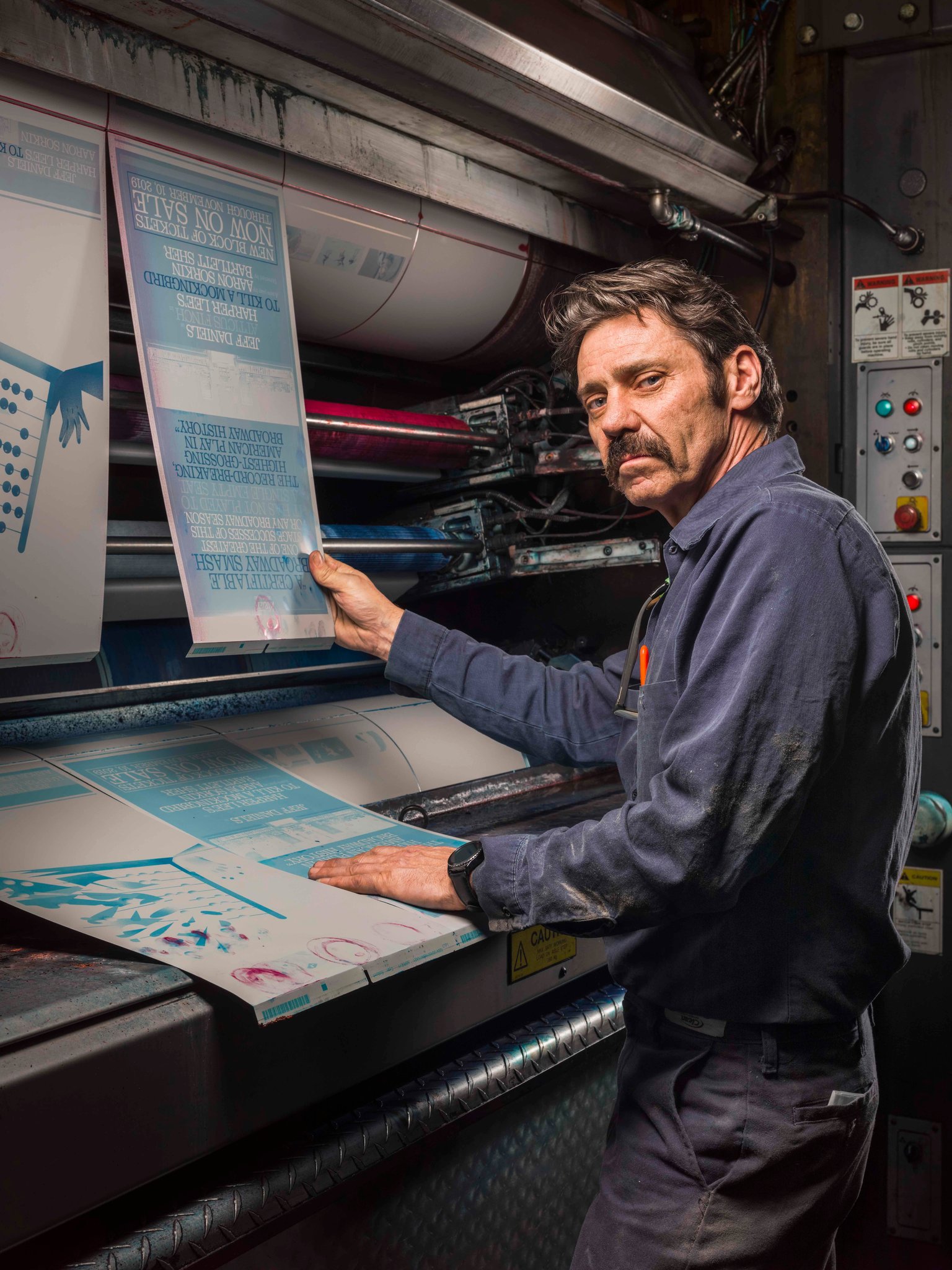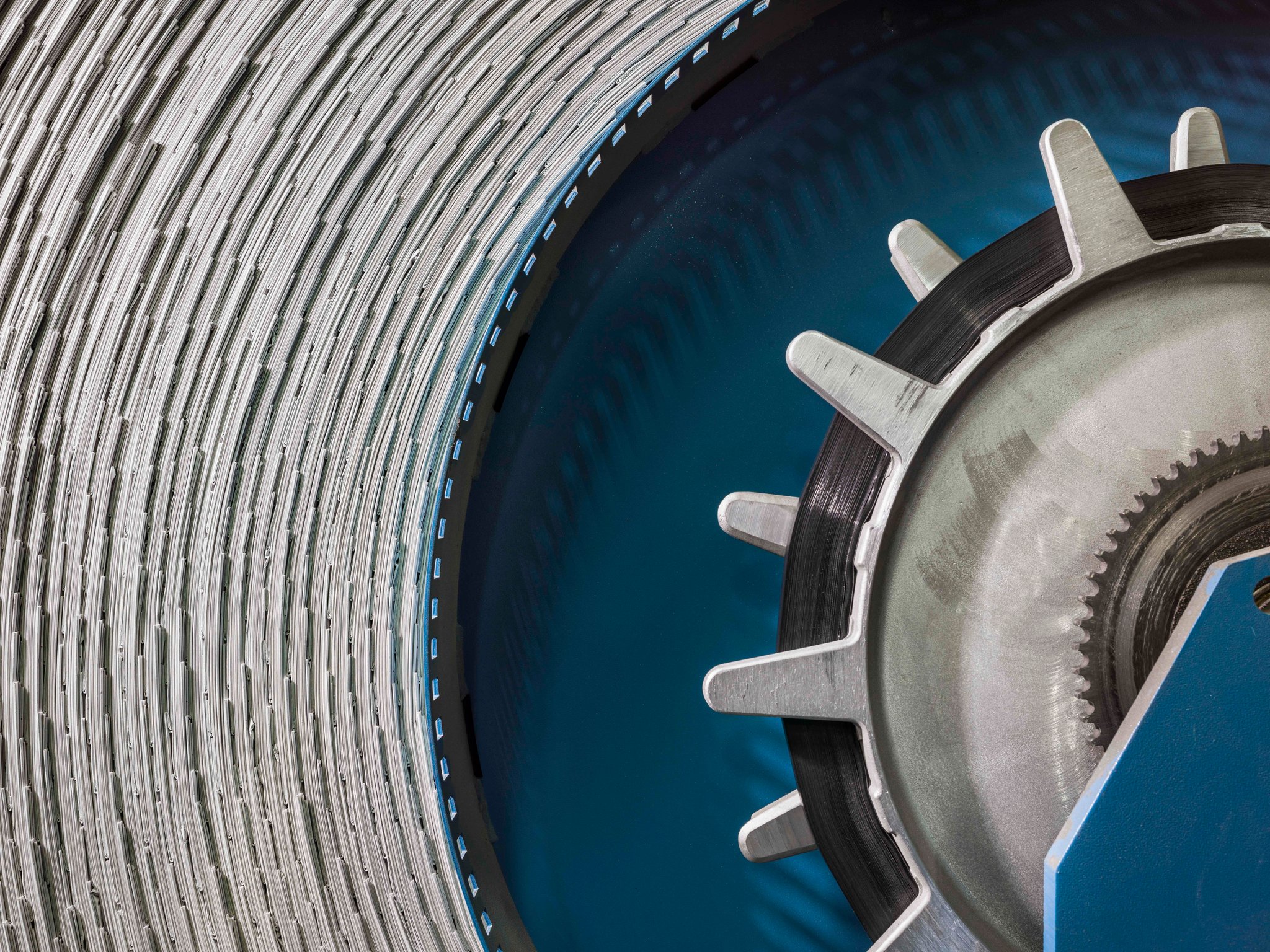How a Newspaper is Made
Unlike its digital counterpart, the physical newspaper is not just a transient occurrence along an ongoing stream; it is a singular phenomenon, which happens every day. The city may no longer feature vendors shouting the main headline at passing commuters, but that headline still carries a sense of urgency, can still thrill or appall when caught unexpectedly in a sidelong glance. A newspaper is a measure of days, an index of passing time. Its front page compresses the significance of a unique date into a rectangular field of words and images, its jarring list of specifics unforeseeable until press time. Why else would Picasso and Braque have chosen the newspaper as both their model and their source when they began making collages in 1912? How else could filmmakers convey the galloping speed of history but with a process-shot montage of spinning newspaper front pages? How else would kidnappers prove that their victims were still alive on a given day other than by photographing them holding that day’s Late Final?
Online you are encouraged to compose your own newspaper, according to your personal algorithmic specifications. The paper model ensures that although you can ignore entire sections (at your peril), you will at least skim the principal news part from stem to stern, reading the headlines. Along the way you will become absorbed in stories no mathematical formula would have selected for you. And if your flight is grounded, you will end up reading the entire paper, down to the small ads, and possibly come away with several new interests as a consequence.
From “The Daily Miracle” by Luc Sante for the New York Times; Photos by Christopher Payne (@christopherpaynephoto)
#news #newspaper #digital #analog #phenomenon #time #algorithm #math #portrait #picasso #instagood #story #stories #thestorybar











